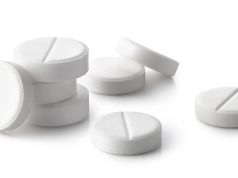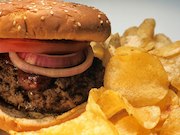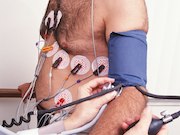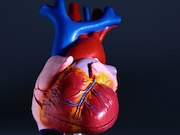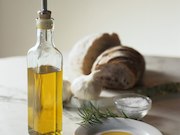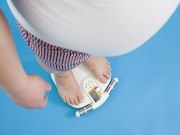Less Improvement in AHA Diet Score for SNAP Participants
Disparities persisted for most foods and nutrients; worsened for processed meats, added sugars
Rates of Cardiac Stress Testing Down but Still Higher in CKD
Decline in rates of cardiac stress testing in Medicare beneficiaries aged ≥66 years from 2008 to 2012
High Success Rates for Mitral Valve Repair With Robotic Surgery
Minimally invasive surgery linked to fewer discharges to facility, one day less in hospital vs conservative sx
Considerable Costs Associated With Switching EHR
Costs include time needed for research and testing, maintenance and other fees, hardware updates
Prevalence of Obesity 17.8 Percent for Youth in 2013 to 2016
Prevalence of severe obesity significantly higher among U.S. youth in non-metropolitan statistical areas
Risk of CV Events Down With Med Diet Plus Olive Oil, Nuts
Lower incidence of major cardiovascular events with Mediterranean diet supplemented with oil, nuts
CDC: Obesity Prevalence Higher in Non-Metropolitan Counties
Largest absolute difference for non-metropolitan versus metropolitan counties in South, Northeast
AMA Vows to Improve Access for Docs Seeking Mental Health Care
New policy recommends state licensing boards to only inquire about current conditions
Screen Does Not Cut Abdominal Aortic Aneurysm Mortality in Men
Screening correlated with significantly increased odds of AAA diagnosis and elective surgery
Walk Test IDs Risk of Cognitive Dysfunction Post Cardiac Surgery
Preoperative 6-minute walk distance linked to POCD risk in older adults undergoing cardiac surgery



